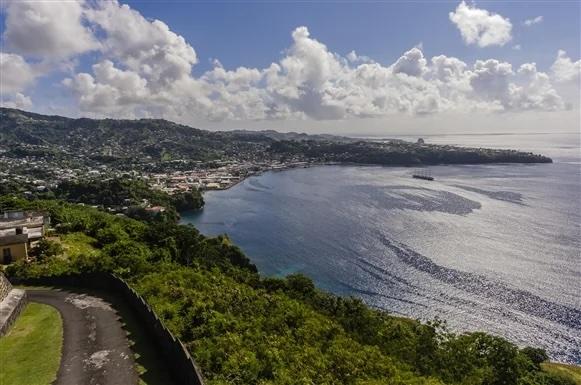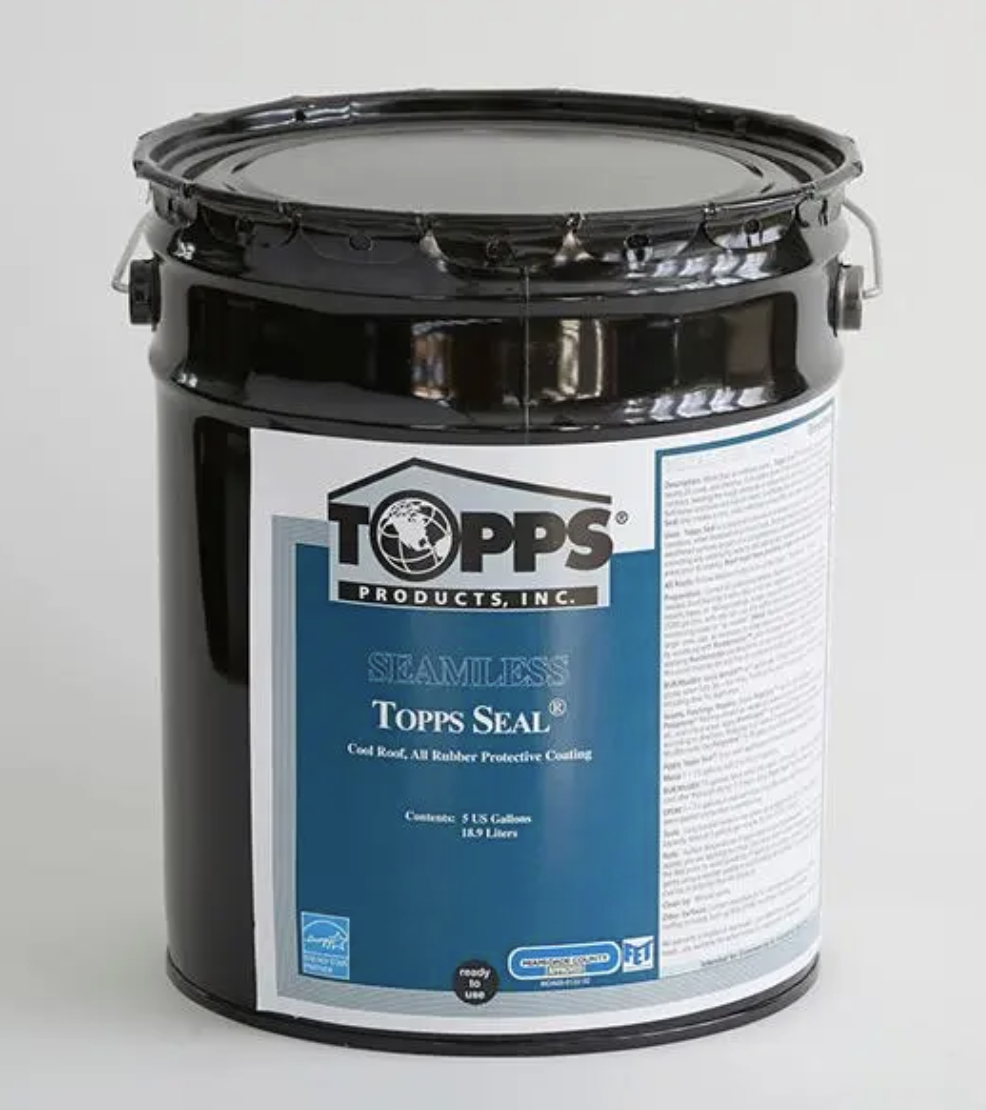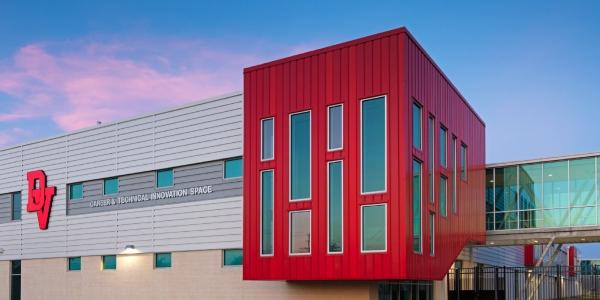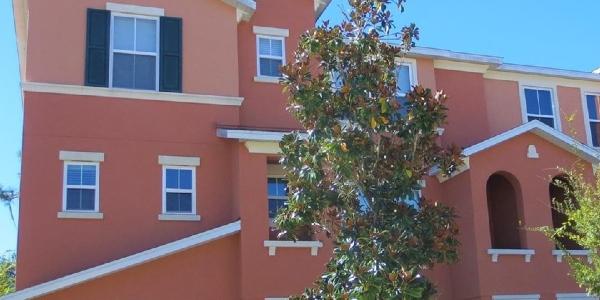UP TO THE MINUTE
Keeping cool in the Caribbean
August 24, 2025 at 6:00 a.m.By Emma Peterson.
Learn how Topps Products helped make a school in St. Vincent safer and more comfortable for students.
With over 700 islands, reefs and cays and 30 different territories, the Caribbean is a stunning and unique region of the world. Accounting for 32 of those islands and cays are the islands of St. Vincent and the Grenadines. This island country is in the eastern part of the region, about “20 miles (32 km) southwest of Saint Lucia and 100 miles (160 km) west of Barbados.”

St. Vincent and the Grenadines, like much of the Caribbean, have a thriving tourism business. Specifically, the Grenadines are known for their coral reefs and beaches, making them a favored spot for those interested in boating and fishing (with lobster, conch, tuna and swordfish being popular seafood in the area). In addition to the tourism market, St. Vincent in known for the agricultural economy. They are one of the world’s few producers of arrowroot along with bananas, sweet potatoes, plantains, yams, coconuts and dasheens and eddoes (types of taro).
Both this tourism and agricultural operations are made possible because of St. Vincent’s tropical maritime climate. While rainfall and temperature can vary, the country’s capital of Kingstown often reports temperatures “between the mid-60s and about 90 °F (between about 18 and 32 °C).” Additionally, the island lays in the path of the northeast trade winds, which can occasionally bring tropical cyclones through the region (notably severe ones were experienced in 1955 and 1980).

This weather, while picturesque on the surface, can pose some unique issues, such as trapped heat that makes it uncomfortable inside buildings. One solution that has been used in the area is the implementation of Topps Products’ cooling roof coatings. These coatings are proven to “reduce heat and cut peak cooling demand by up to 15%, significantly improving energy savings.”
To learn more about how Topps has been used in St. Vincent, we sat down with Sarah Mark, Topps’ corporate social responsiblity coordinator, to chat about a recent project done in collaboration with the Rotary Club of St. Vincent. Sarah shared a bit about the project, saying, “The project was renovating the roof for a school for students with special needs. The roof had a lot of leaks and there was a lot of heat that was trapped inside the building.”
To fix those leaks and mitigate the temperature issues, Topps Seal® was used on the roof. This flagship product is incredibly durable and efficient, not only providing excellent weathering against things like storms and inclement weather, but also “exceeding all Federal ENERGY STAR® specs for proven ability to drive down cooling costs at times of extreme heat.” Sarah added some context about this specific project, sharing, “It significantly improves energy savings while also protecting the roof and providing waterproofing... Today, that space is much more comfortable and the roof’s lifespan has been extended. Usually once the products are used, it extends the life of the roof by decades.”
This is not the only time that Topps has been used internationally for their incredible performance and cooling capacity. To learn more about Topps Products and the projects that they have been used on, explore their Coffee Shops Directory!
Image sources in order of appearance: USNews (cover), USNews, Topps Products
Learn more about Topps Products in their Coffee Shop Directory or visit www.toppsproducts.com.

About Emma
Emma Peterson is a writer at The Coffee Shops and AskARoofer™. Raised in the dreary and fantastical Pacific Northwest, she graduated in 2024 from Pacific University in Oregon with a degree in creative writing and minors in graphic design and Chinese language. Between overthinking everything a little bit, including this bio, she enjoys watching movies with friends, attending concerts and trying to cook new recipes.






















Comments
Leave a Reply
Have an account? Login to leave a comment!
Sign In